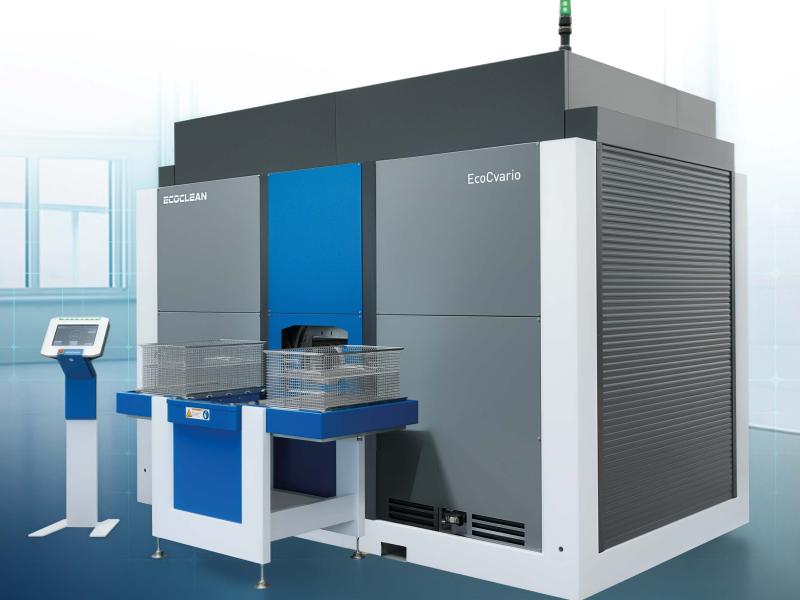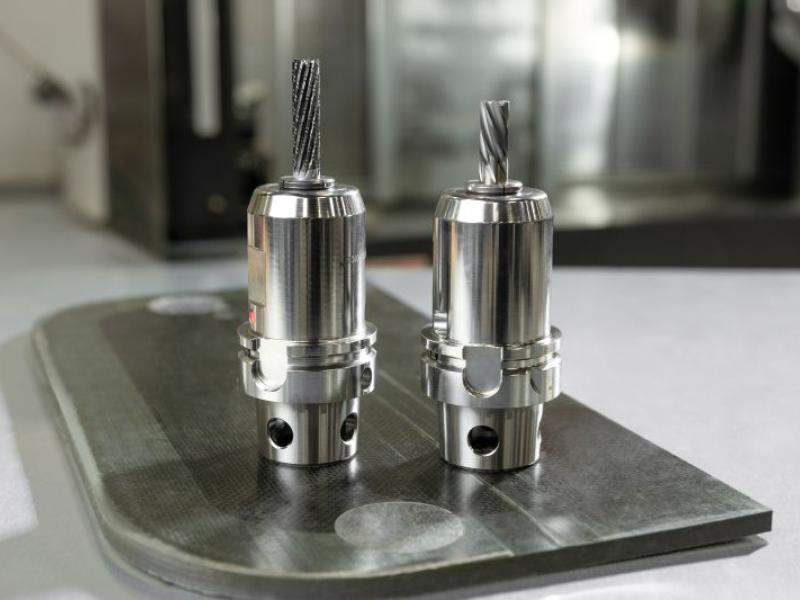From the London Beer Flood of 1814 to the Tapioca Tanker Disaster of 1972, there has been a host of high-profile food and beverage disasters at all stages of the food processing chain. While innovative new technologies have been vital in continuing to improve safety and of modern operations, one small mechanical component is indispensable across the whole food and beverage supply chain. Here Chris Johnson, managing director at food grade bearing supplier, SMB Bearings investigates the role that bearings play in the food and beverage industry.
Despite consistent challenges over the past two years, the food processing industry is projected to reach USD 235.67 billion by 2028, demonstrating healthy growth from its USD 143.51 billion market size in 2020.
Ball bearings are used in countless precision agriculture applications, as well as in conveyors, mixers and picking and weighing machinery. In fact, if any piece of food processing machinery rotates, it will use bearings to ensure smooth travel. So, let’s take a closer look at the importance of choosing the right bearings at three key stages of the food processing supply chain.
Bearings in agriculture
The food cycle begins at the production stage. In the face of greater demand, farmers are increasingly employing automation to augment their operations. In this setting, bearings are used in a range of machinery such as agricultural scanners, combine harvesters, balers and seeders. Due to the severe mechanical strain and abrasive particles in this environment, bearings for agriculture must be durable and reliable, with a long service life.
Heavy duty bearings are a popular choice when choosing bearings for precision farming technology as they are often subjected to heavy loads in addition to shock loads and vibration. Due to the high risk of contamination, bearings fitted with labyrinth contact seals are often specified along with extreme pressure (EP) greases. Many agricultural bearings have a “hex bore” and are designed to fit on to a hexagonal shaft for easy assembly.
Manufacturing challenges
Next, the product passes to the manufacturing stage. From continuous high speeds to extreme temperature, excessive moisture and chemical exposure — bearings in food processing lines face numerous challenges.
Bearings used in these settings must meet a range of non-standard criteria. The first consideration is the need for continuous high speeds. Contamination is also a concern in many forms. For the highly regulated food and beverage sector, contamination can lead to costly production loss. Excessive moisture due to washdown cycles can also result in lubricants being flushed out of the component.
Similarly, chemical exposure from detergents and sanitisers can cause corrosion and accelerate component wear. Acetal resin bearings offer a low cost, corrosion resistant option. Suitable for low load and low speed use. For greater corrosion resistance and extreme temperatures, alternative ring or cage materials can be used such as polyether ether ketone (PEEK), polytetrafluoroethylene (PTFE) or polyvinylidene fluoride (PVDF).
For processes such as heating, boiling and baking, bearings must be suited to extreme temperatures. Stainless steel ball bearings can be supplied with non-toxic lubricants approved to NSF H1 or H2 standards. Bearings with a choice of food grade lubricants can withstand the ingress of water or cleaning chemicals, as well as coping with regular steam cleaning.
Packaging considerations and beyond
Following production, the product passes to the packaging stage. By investing in a high-speed robotic pick and place cell, operational efficiency can be increased substantially. For robotics applications, thin section bearings deliver high speeds, improve efficiency and offer design flexibility. Due to the little difference in size between the internal and external ring, these bearings also reduce the weight on the application and the space requirements.
However, because they are so thin, you have to pay particular attention to the roundness of the ring itself. As a result, the manufacturing process must be extremely precise to ensure the highest possible degree of roundness in both rings, as well as good noise levels in the bearing itself. This will normally call for fine grinding and machining, complemented by a very high level of quality in both the process and the raw materials. If the rings are not perfectly formed, even a minute discrepancy will stop the bearing running as smoothly, producing excess noise and disrupting the food packaging line.
In efforts to enhance supply chain efficiency, even the smallest components can make a big difference. It’s important that food and beverage plant managers consider component suitability at all stages of the food cycle to ensure they can meet the production needs of tomorrow.
For further information about food grade bearings and lubricants, visit the SMB Bearings’ website or contact a specialist today by emailing sales@smbbearings.com.






